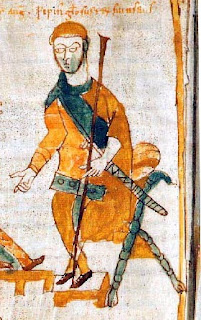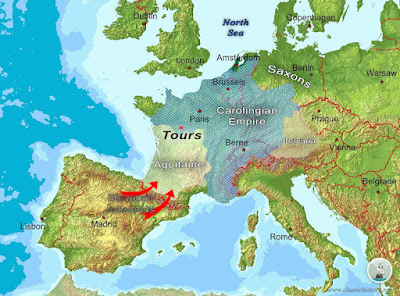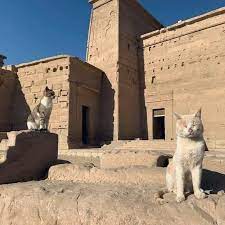"Rushes" could come from several different plants, but the fact that the commonly used Sweet Flat (Acorus calamus) grew to more than two meters raises an interesting question: might they have woven the rushes into mats rather than just strew them about?
It's not a crazy hypothesis. Weaving was hardly an unknown practice, and Egyptians used woven mats of rushes thousands of years ago. The argument yesterday about rushes piling up because of long gowns has been countered by arguing that of course women would pick up the hem of their skirt while walking, as you would on stairs. But would you want to do that every time you walked across your living room? On the other hand, the more they were walked on, the flatter they became, so catching on clothing would (I guess) become less a problem over time, until it was time to bring in a new layer.
If loose rushes were used as late as Erasmus' time and beyond, why do no artists' renditions of living situations never show rushes on floors? Does the level surface of the floor mean the rushes were woven into flat matting? Erasmus refers to rushes being "renewed" and the "bottom layer," which could mean fresh woven matting laid on top of previous. Perhaps the goal was to continue to add rather than subtract in order to keep a soft surface for walking; also, removing the previously trodden on matting was perhaps not worth the hassle.
Author Liza Picard, in Elizabeth's London: Everyday Life in Elizabethan London, says
...the usual floor, especially on the upper stories, was wood, often covered with rushes and sweet-smelling herbs. Woven matting was replacing loose rushes by the end of the century. If you have visited an Elizabethan National Trust house early in the season, you will have noticed two pleasant aspects of the rush matting faithfully reproduced by the Trust. New rushes have a lovely smell, and they are quiet and comfortable to walk on.
Would it really have taken until the late 1500s for someone to say "Hey! What if we took these long tough leaves that are just like the ones we weave into baskets and weave them into floor coverings?" Were some doing this all along, and were references to "rushes" or "rush" on the floor simply verbal shorthand for "rush matting"?
It is clear that the rushbearing events for churches did not involve weaving the rushes, but that was not for a place that was lived in daily, and so I think matting would not be worth the investment in time. Homes are a different matter, however, if you'll excuse the pun.
It's a puzzle worthy of debate. Feel free to discuss amongst yourselves.
This blog is a journey of discovery for me as I do my research into each topic and find ways to link them to the previous and following topics. I want to acknowledge Julia for her interest in rush floors and knowing more about them, especially since it led me to realize the different ways that "rush floors" could be understood. The truth is, the ordinary practices of day-to-day living are unremarkable to those living through them, and rarely get written about. We are then left to try to interpret from stray references what was actually happening "way back when."
Given Erasmus' condemnation of the English flooring and unhealthy climate, I think medieval hygiene is worth looking at next. Oh, and if you want some rush matting for your own floors, try here.





























